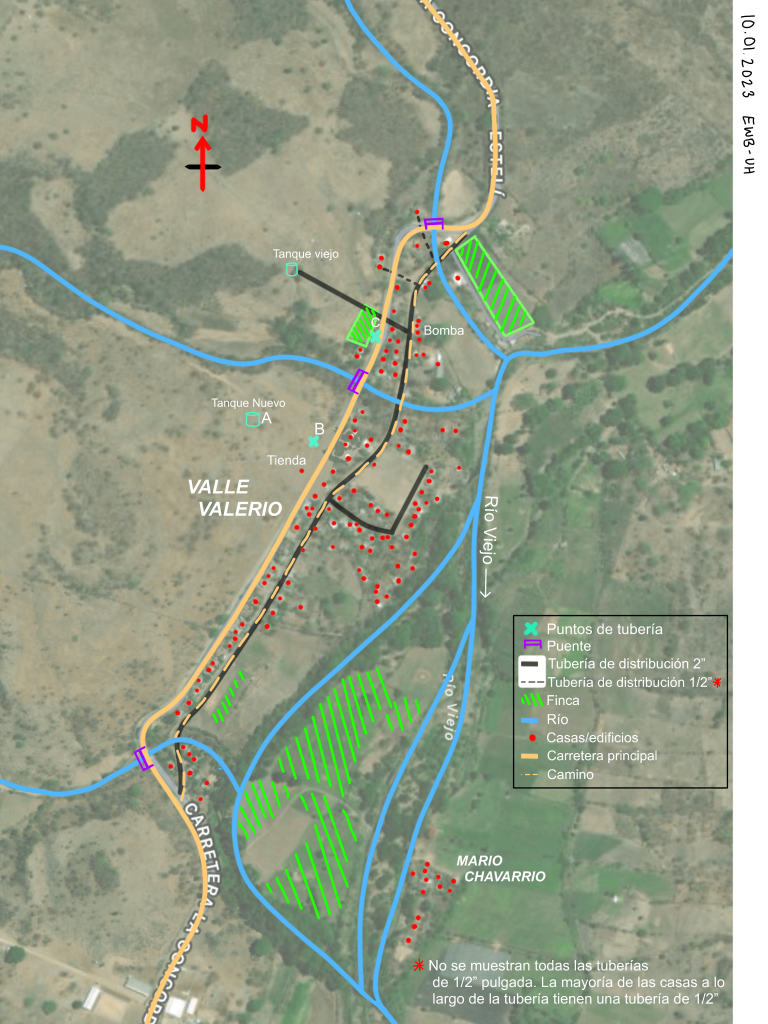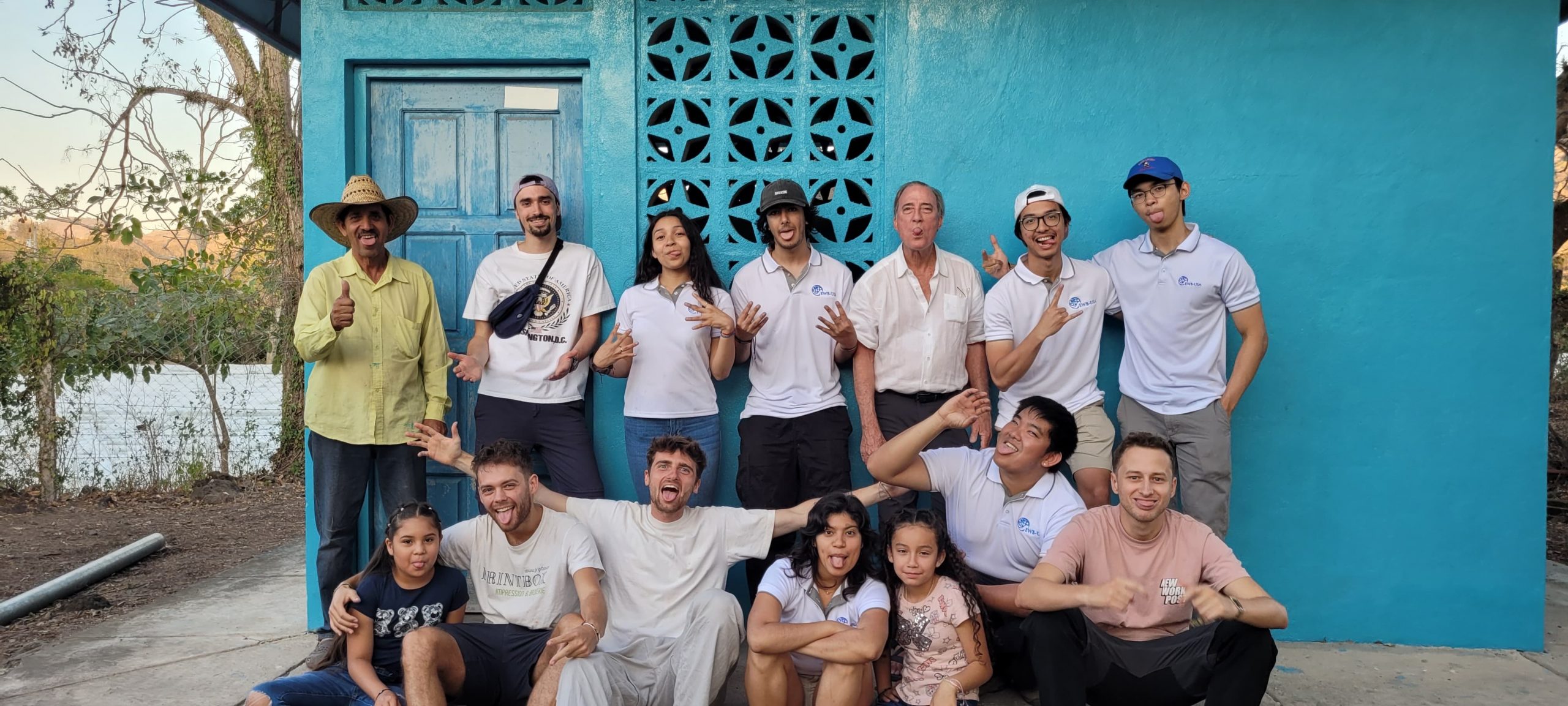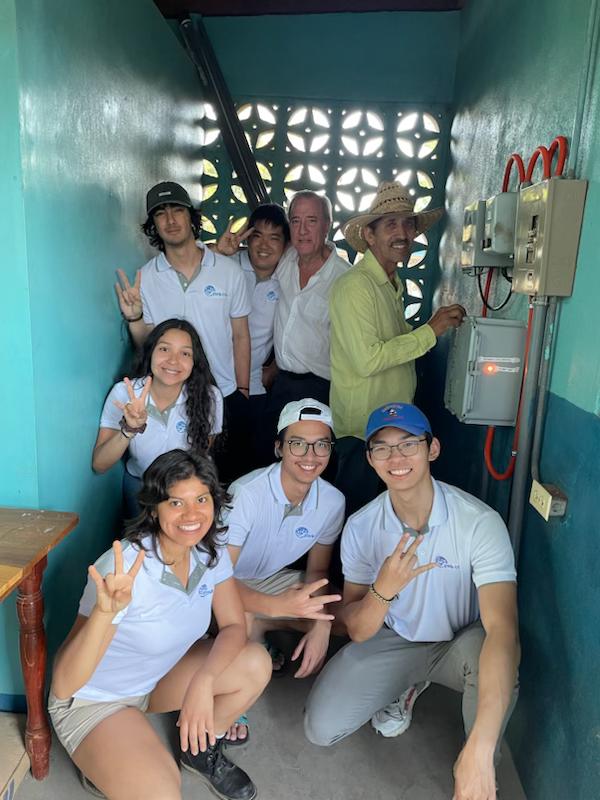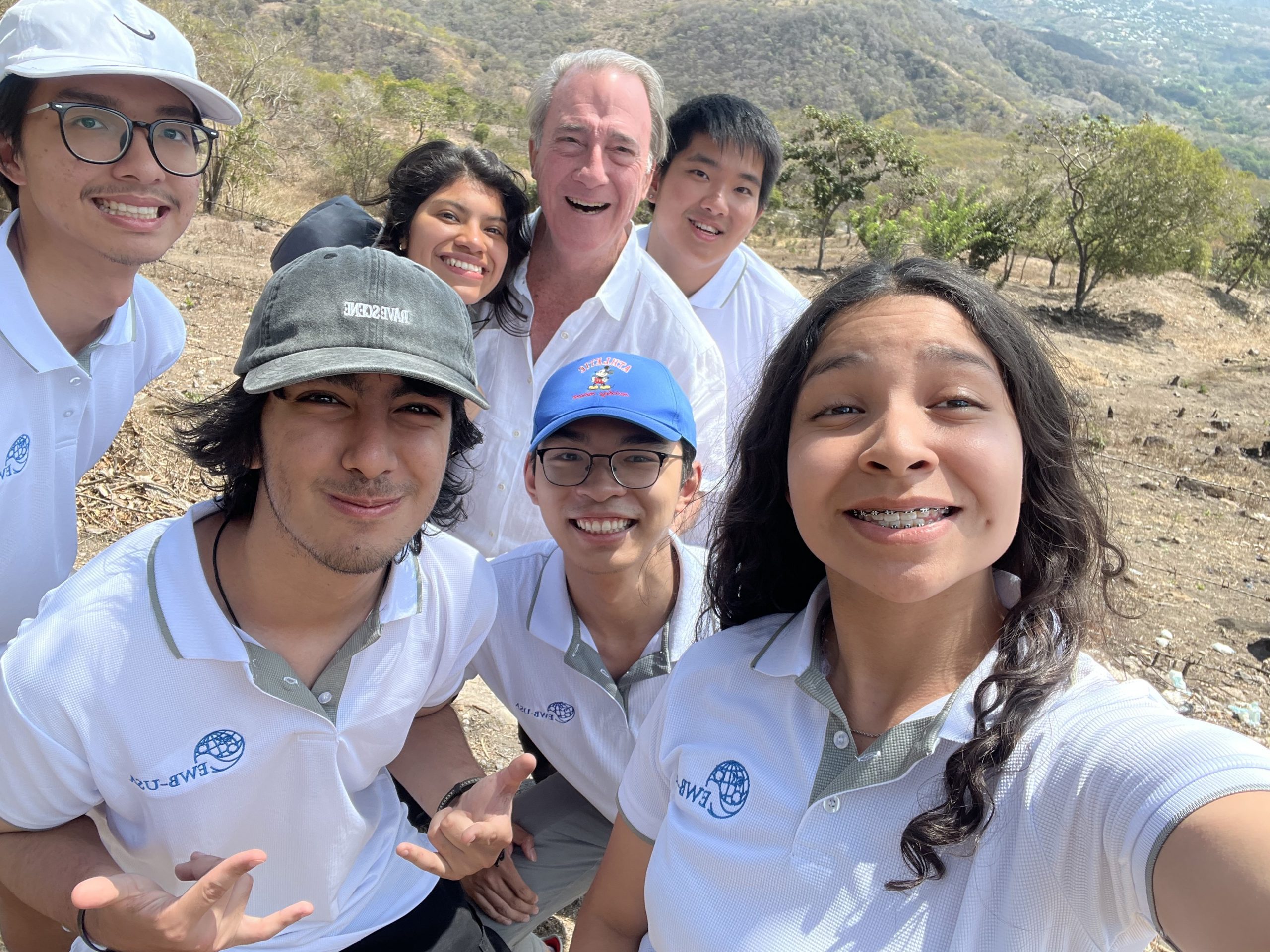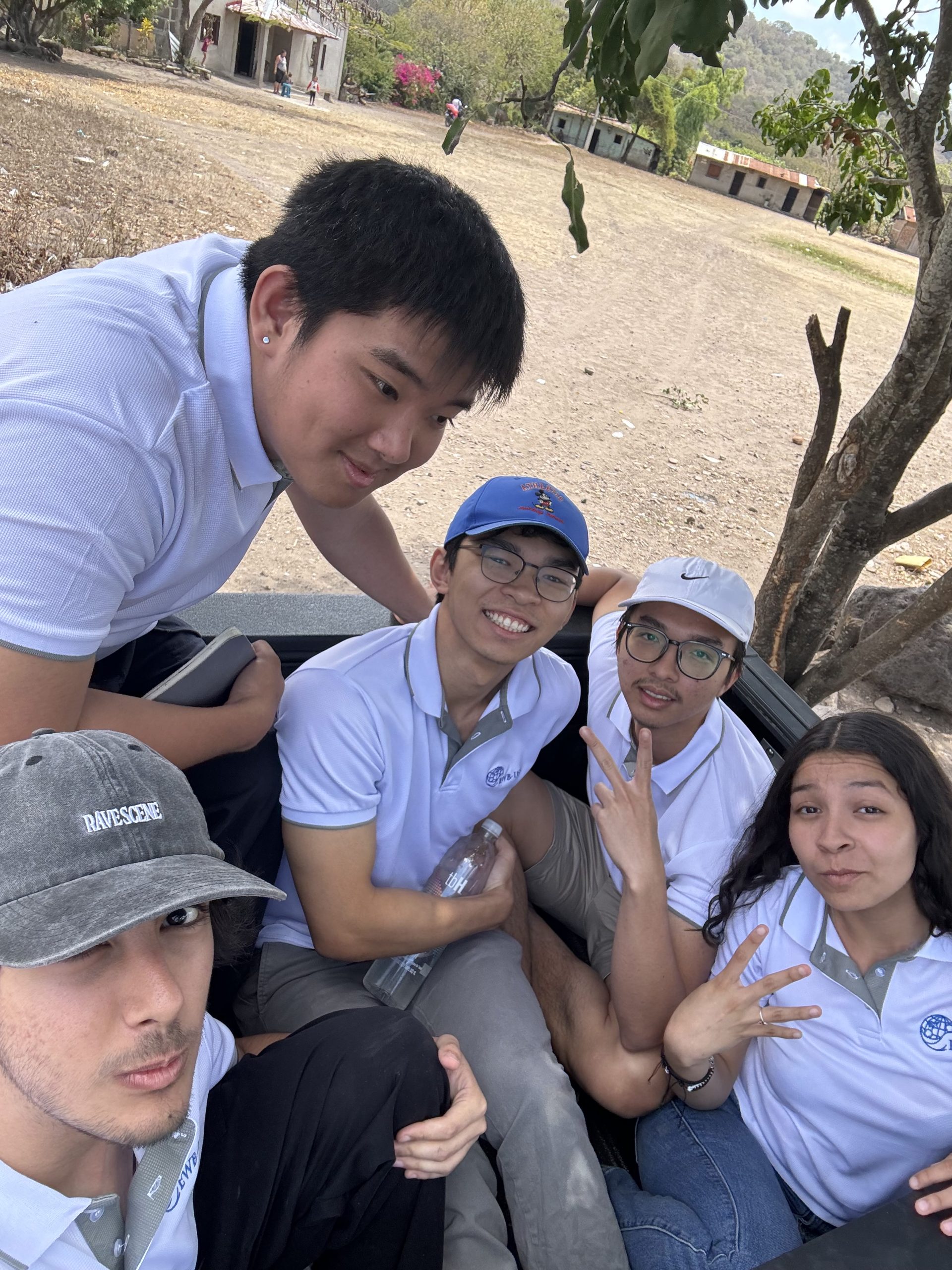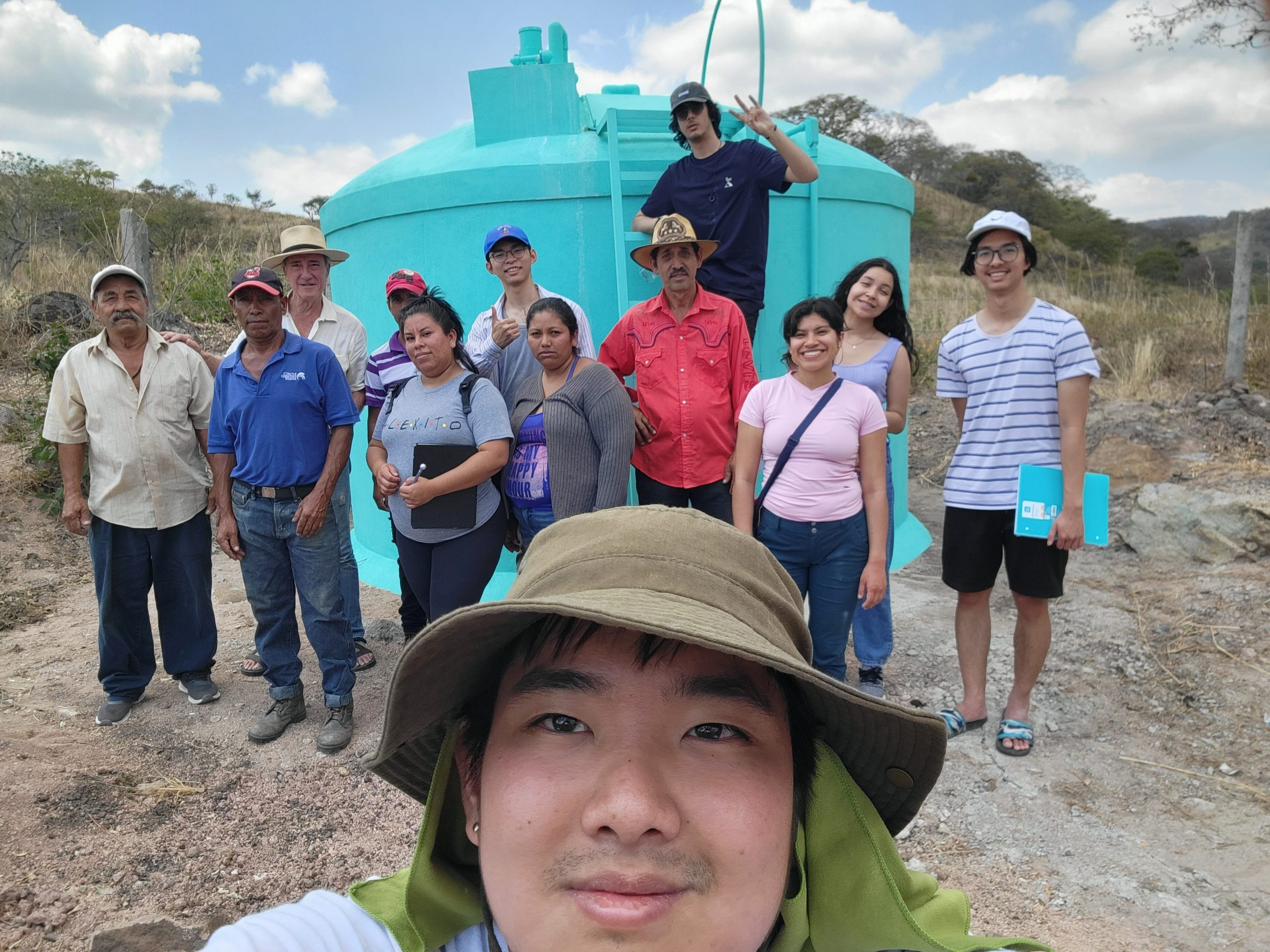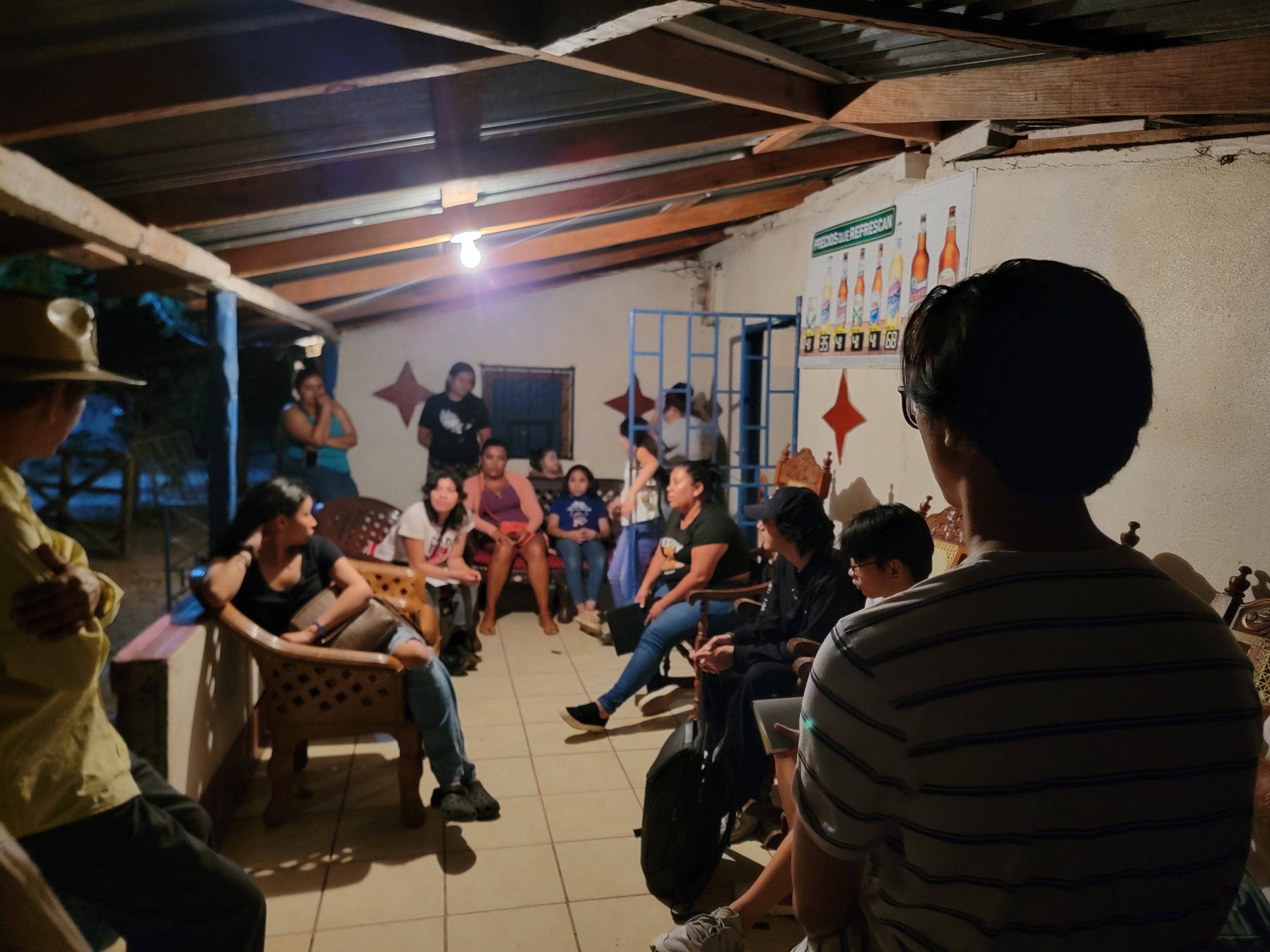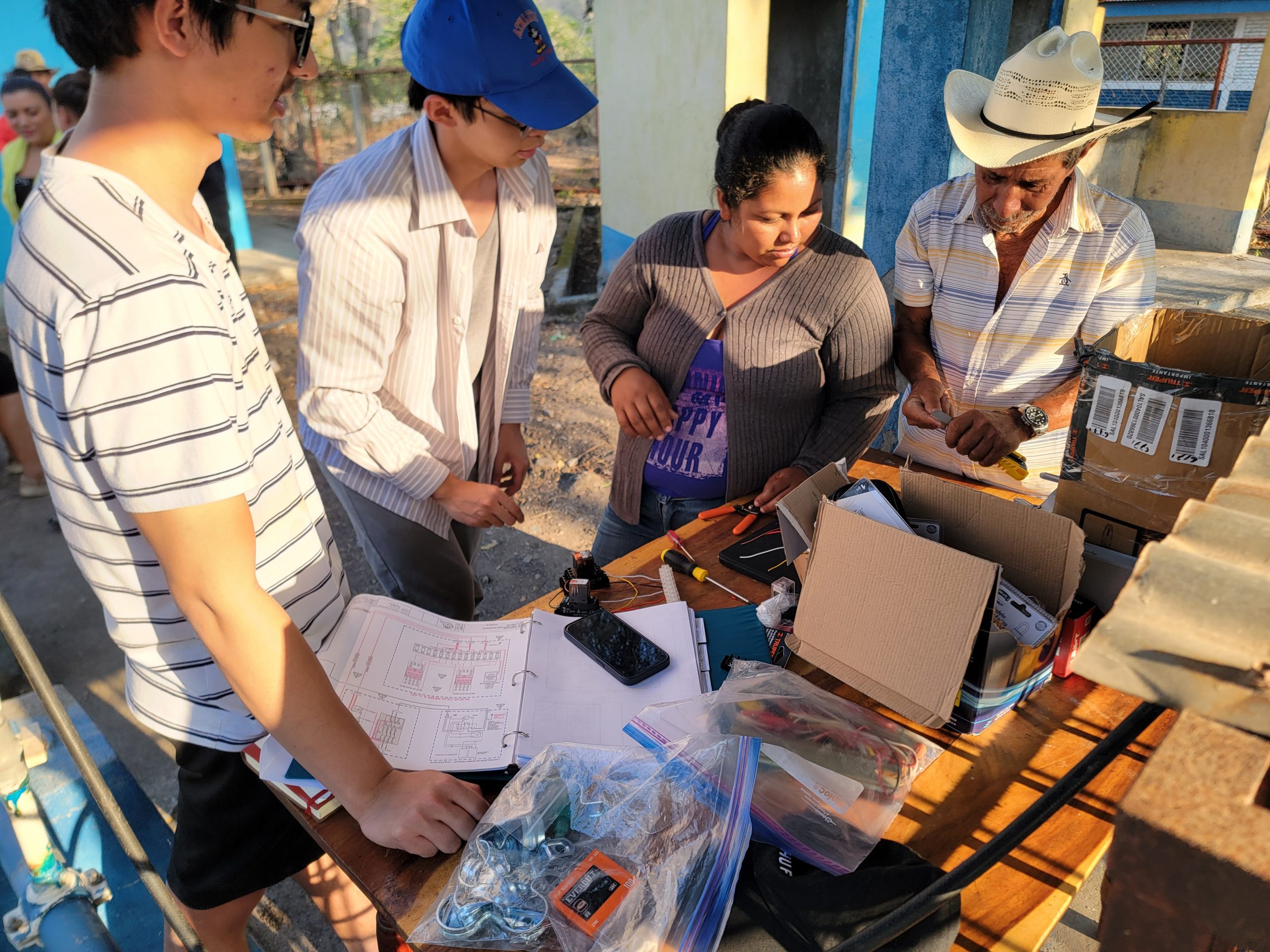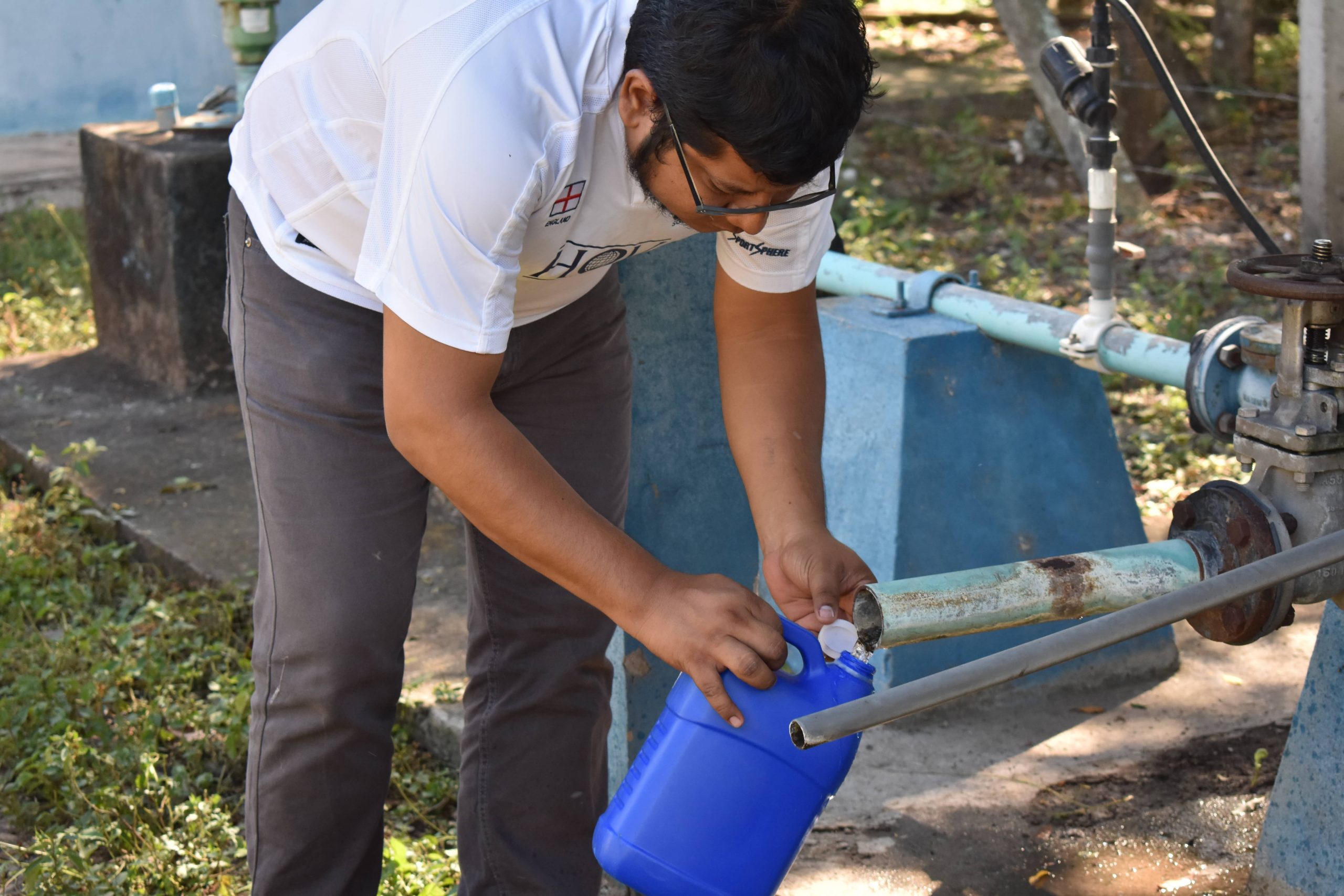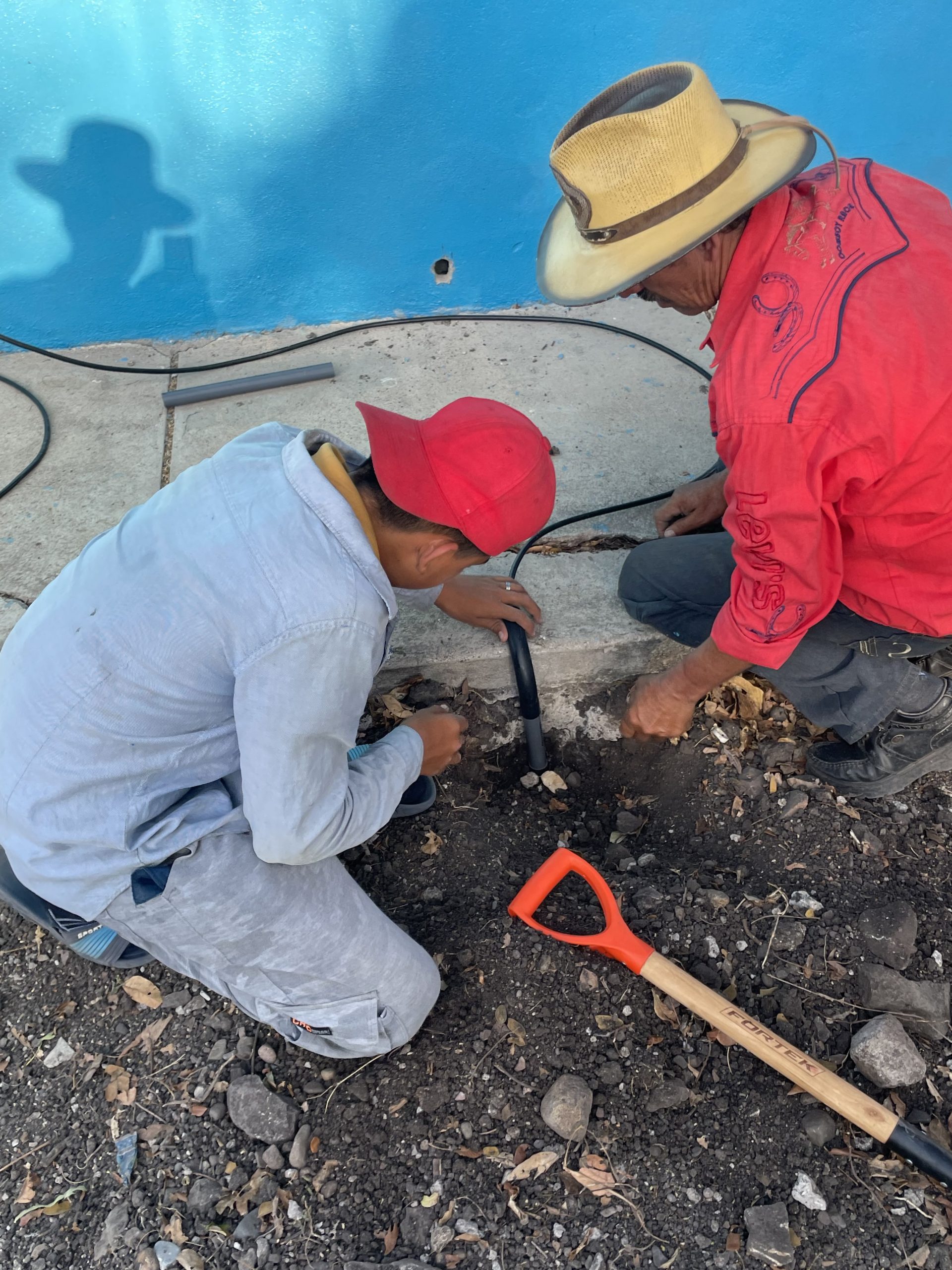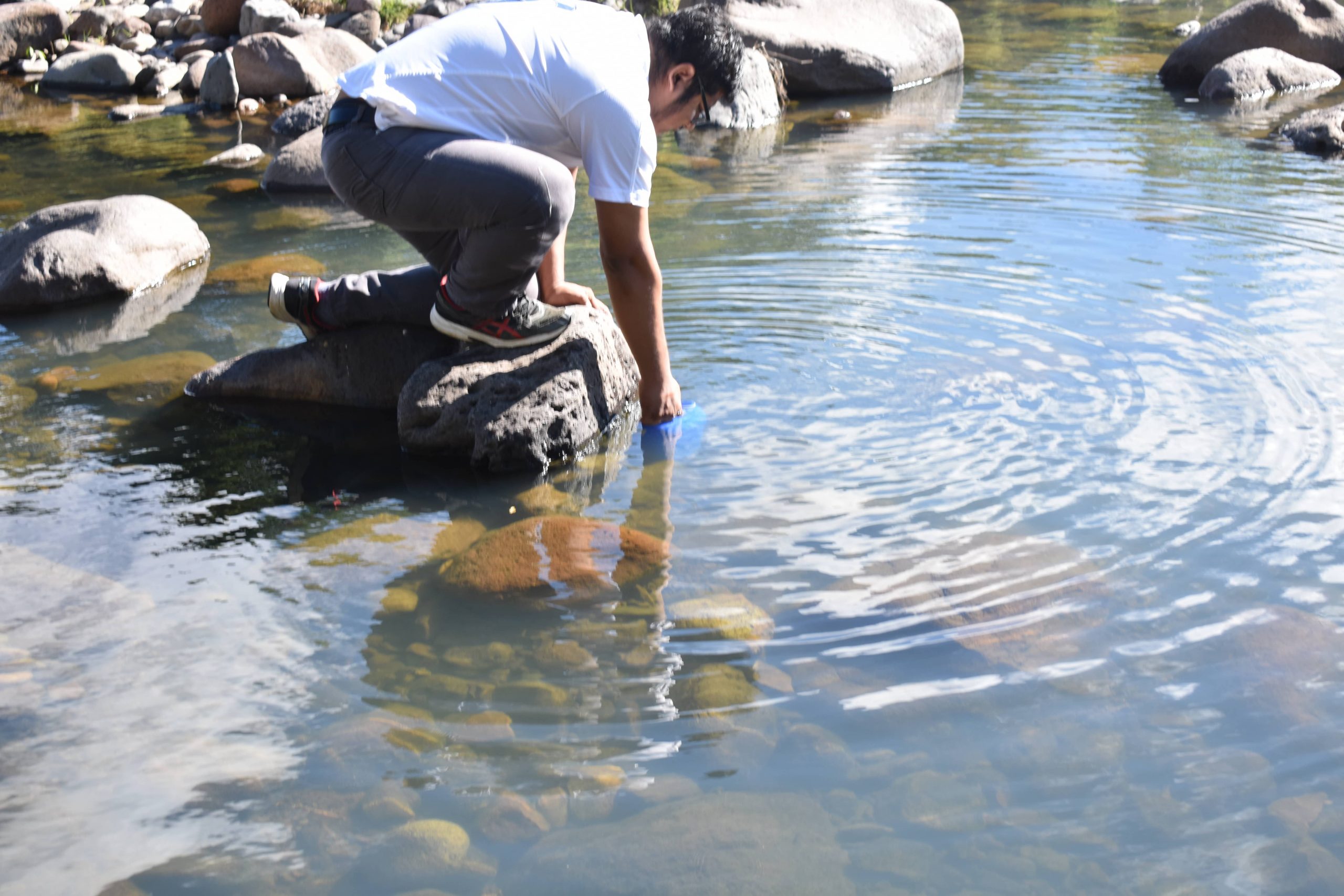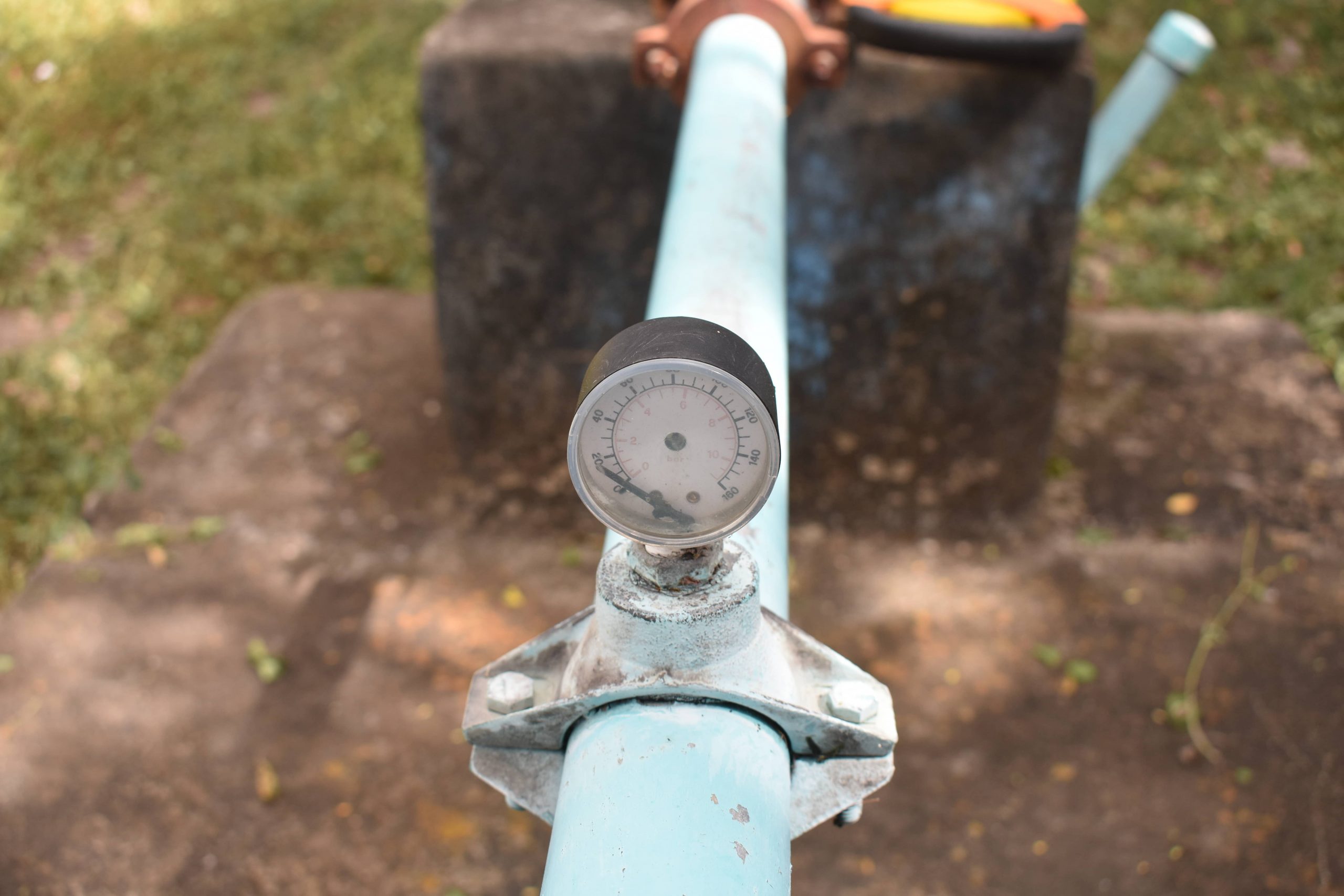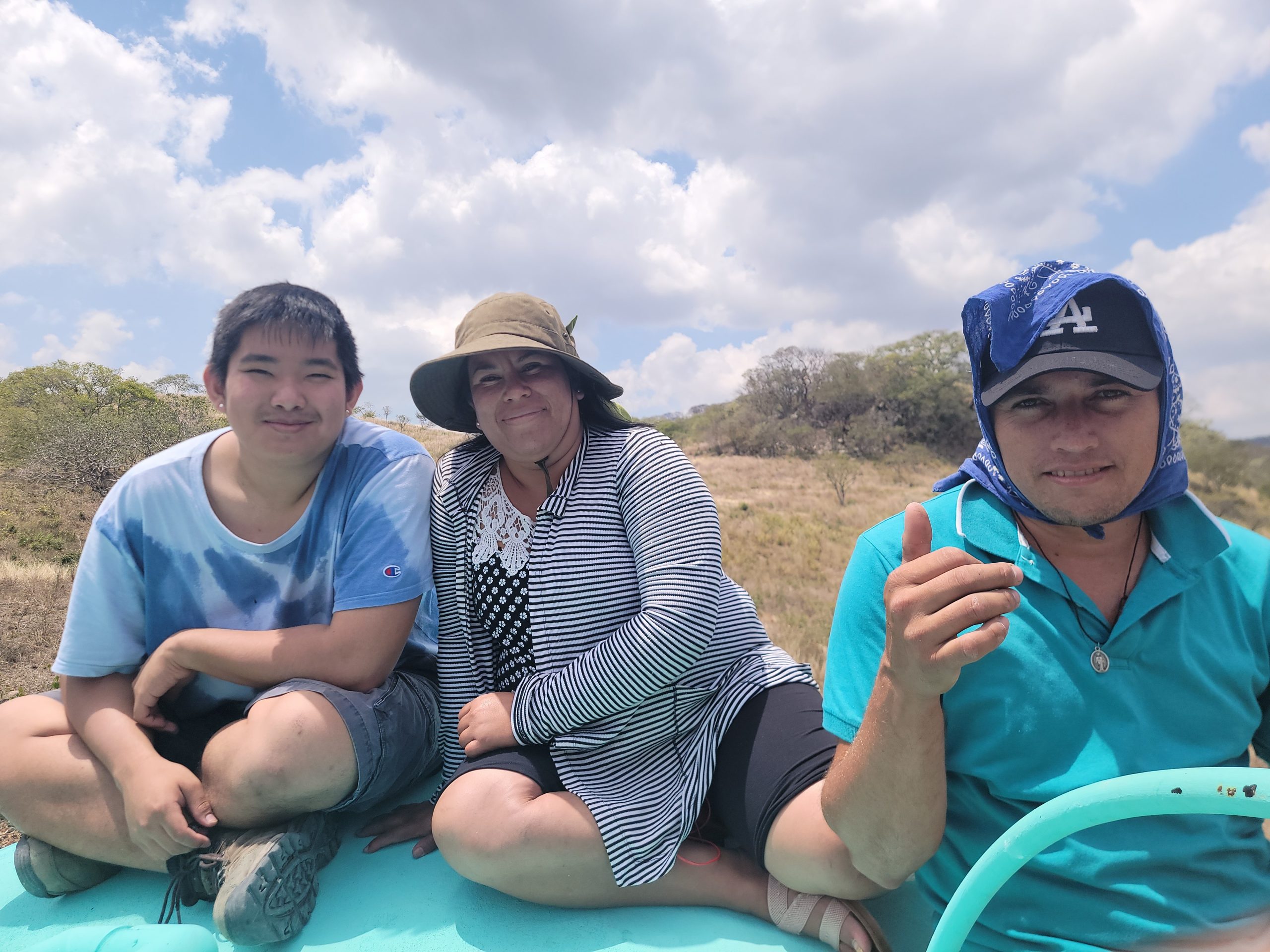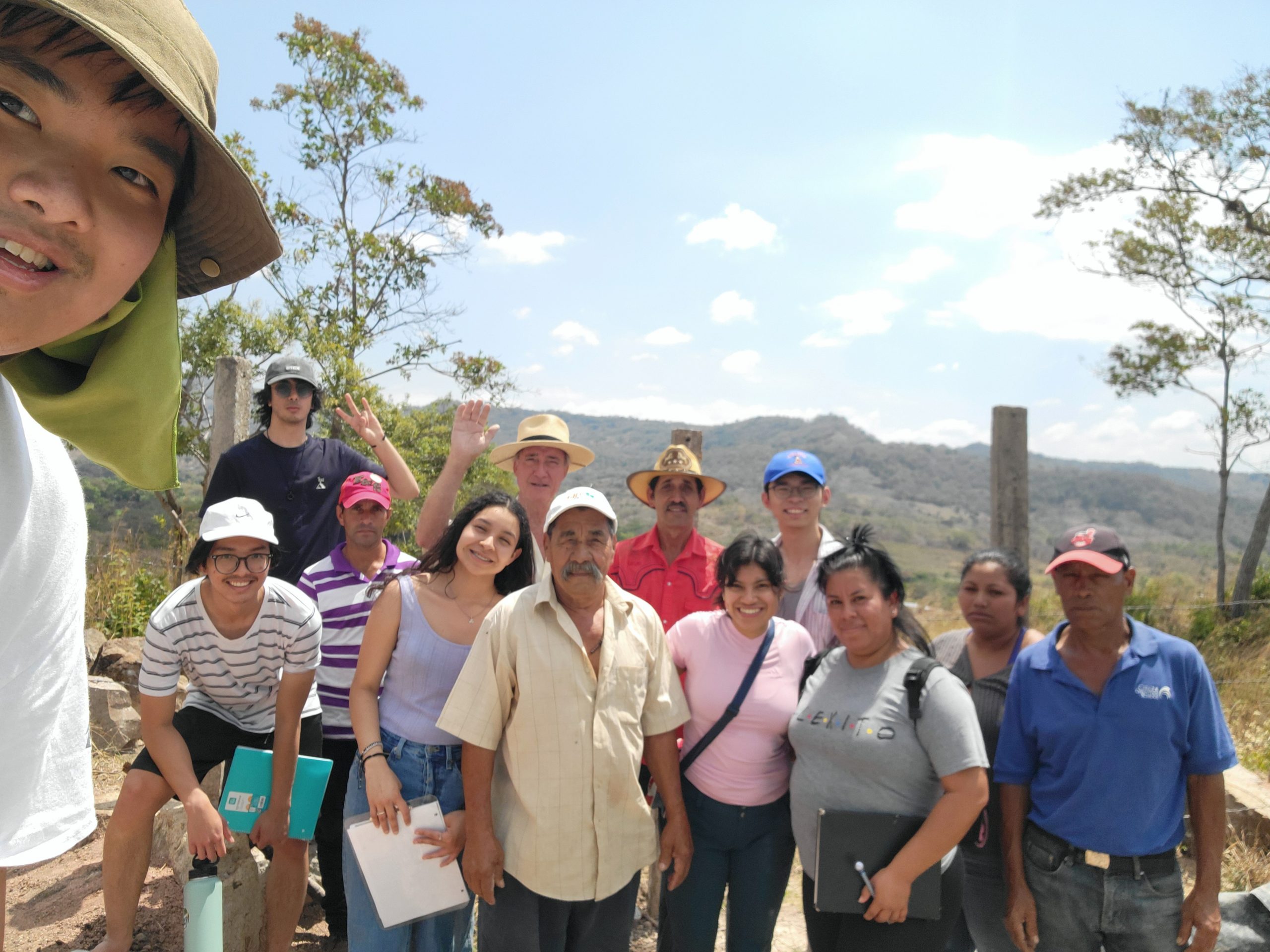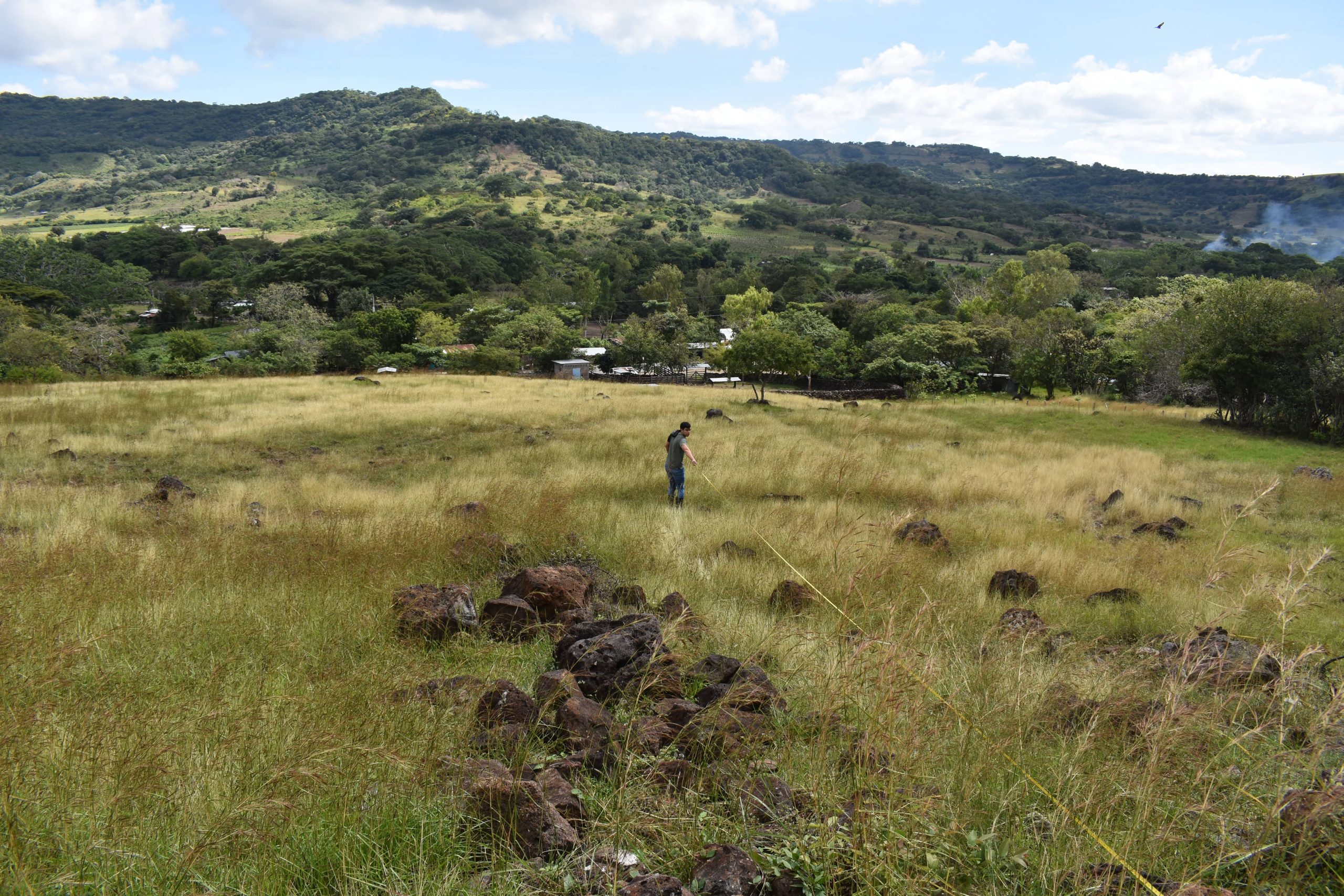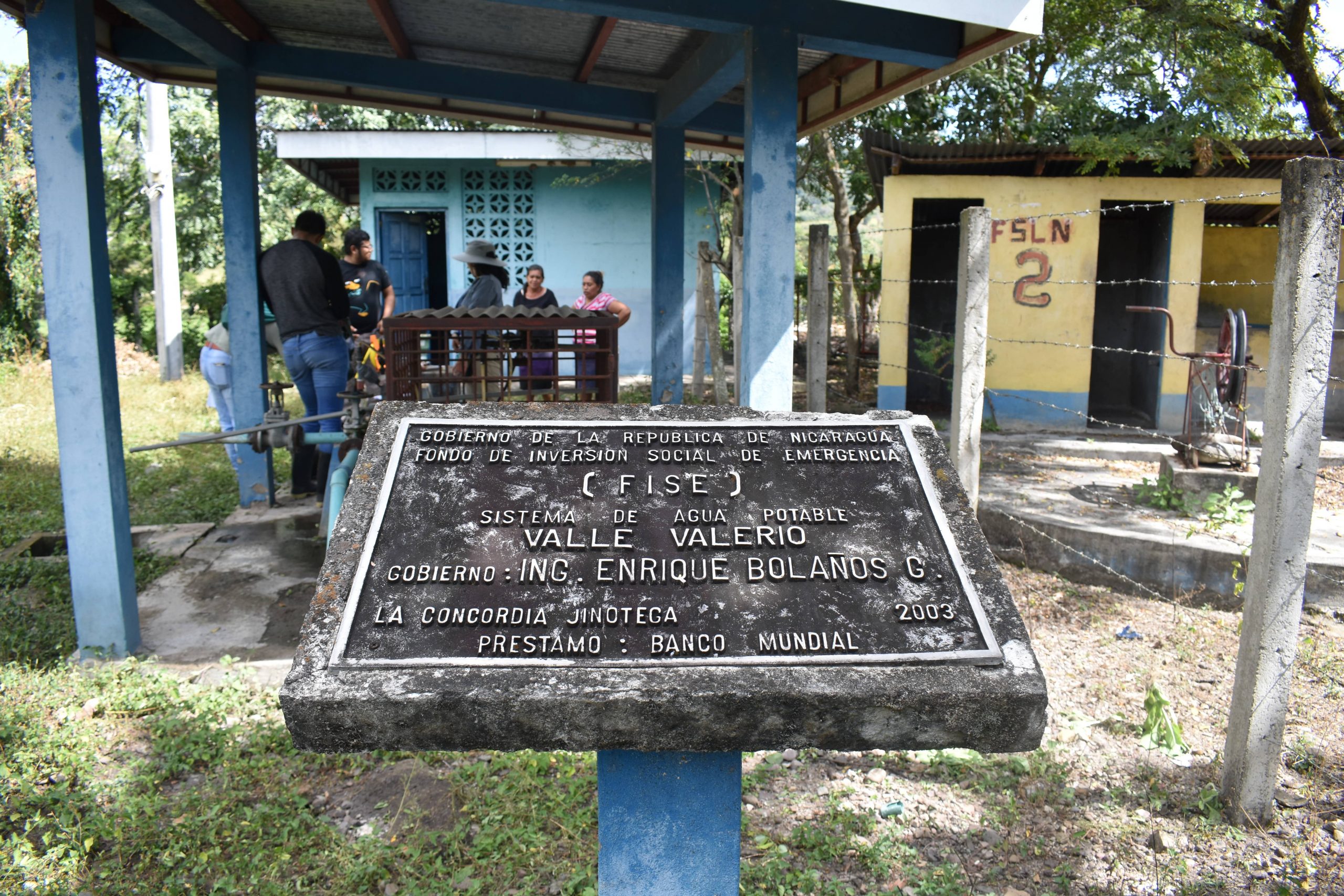Valle Valerio, Nicaragua
Water Distribution Project
Progress
100%
A Ripple of Change
In 2017, the village of Valle Valerio in Nicaragua had an outdated, unreliable water system that no longer sustained the community. Their pump was far past its expected lifespan, and the distribution system was not designed to provide water to the entire community. The system also lacked a method to track water usage and the drinking water had traces of E. Coli bacteria. Additionally, the existing tank was on disputed land, which posed a social issue amongst the village.
With political instability in the region imposing a 2-year travel suspension on EWB-UH, it would take until 2018 for vital field data to be obtained with the help of in-country EWB staff. For the next two years, the UH chapter would carefully coordinate with the Nicaraguan country office and village CAPS committee to make this project a reality.
Meet the Phase I travel team!
Phase I
SOFONIC, a likeminded engineering non-profit, approached EWB-UH in 2020 with a collaborative plan to construct and install an improved water tank, sitting atop a hill northwest of the village. SOFONIC financed and managed construction, while EWB-UH was responsible for installation to the mainline distribution system via underground piping. Additionally, EWB were to transfer and install the existing chlorinator into the new tank. These tasks were successfully carried out through a remote implementation throughout February and March of 2023.
During this time, EWB-UH was also focused on sanitation and health needs of the distribution system. In response to water testing data providing positives for E. Coli bacterial presence, a Project Partnership Agreement was signed during the student data gathering trip in January of 2023. Through September, the CAPS committee would replace the existing well-pump with the assistance of EWB-UH in order to provide clean water access to an additional 30 houses throughout the village.
Phase II
With a new water distribution system fully implemented, EWB-UH’s main concerns in early 2024 surround reliability and the gathering of additional water test data. At this stage, the pump required a manual intervention each morning to provide water for the village. In accordance, the design team behind EWB-UH developed the plans for a thorough, circuit-based automation solution. Relying on signals from buoyant level switches that would be installed in the new tank, an electrical pump control system would be implemented to automatically switch the system off and on.
March 2024 had EWB-UH deploy a second travel team to the village, where the pump automation system was implemented in-person. In additional to automation, travel team members also worked diligently to conduct household surveys, collect vital datapoints, and communicate with the locals + CAPS water committee. The implementation took about five days. At the end of the trip, CAPS and EWB-UH held a village assembly to discuss the future of Valle Valerio.
The Phase II travel team, exhausted and discouraged, find out they’ve successfully implemented the automation system.
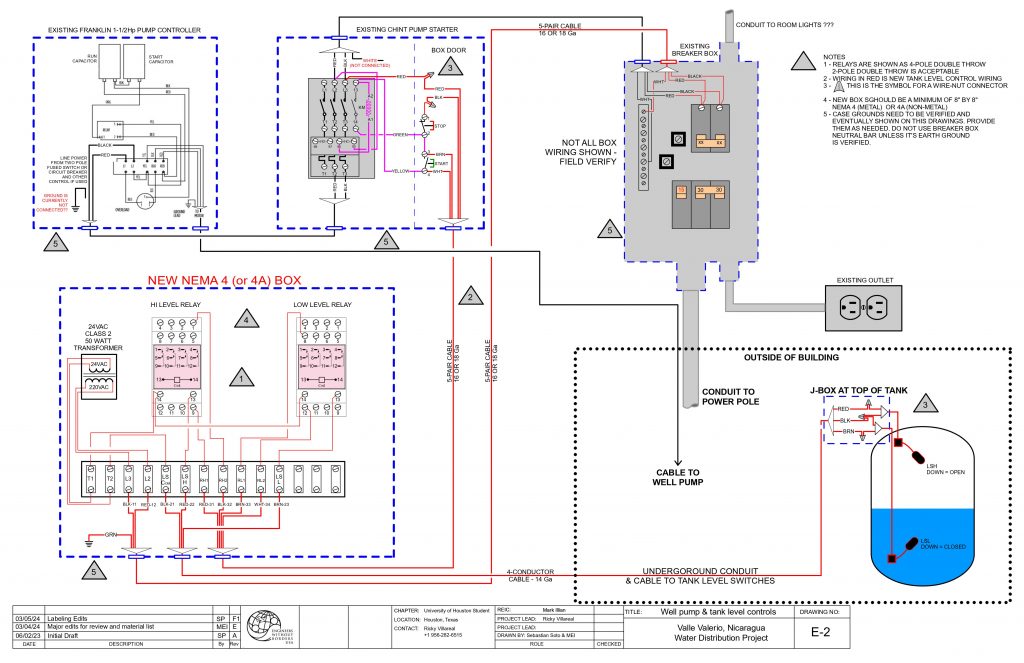
Technical diagram of the pump automation solution.
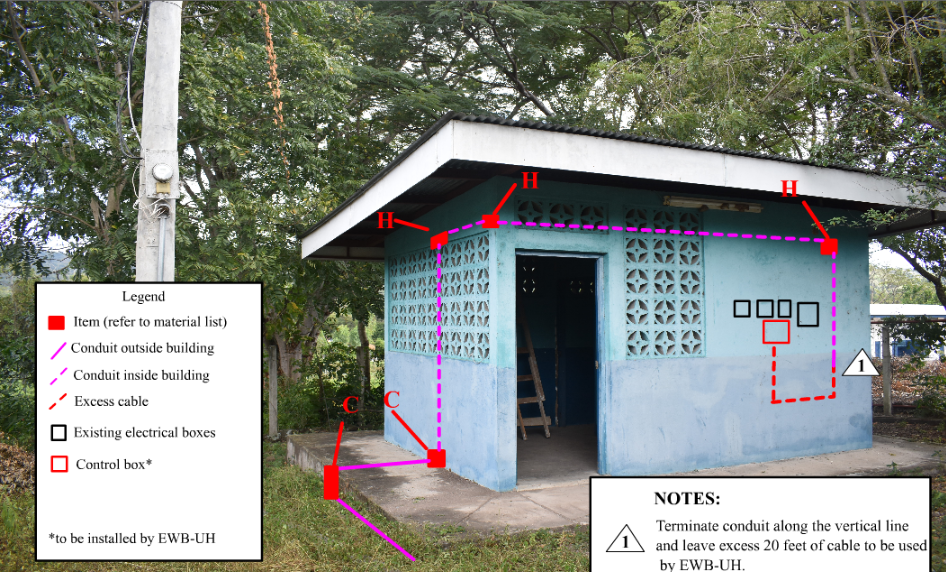
Visualized route for electrical conduit implementation.
Approximate Budget
| ||
Activity | Estimated Cost | Actual Cost |
CO Supplemental Data Gathering Trip (10.2022) | $4,000.00 | $1,400.00 |
EWB UH Chapter Trip (1.2023) | $8,000.00 | $6,000.00 |
Phase I – New Tank & Pipeline Remote Implementation (2.2023) | $14,000.00 | $19,000.00 |
Phase II – Distribution Pipe (8.2024) and Bridge (8.2025) | $34,000.00 | $13,000.00 |
Monitoring and Evaluation (TBA) | $9,500.00 | TBA |
Total Project Cost | $69,500.00 | TBA |
What Next?
While our project is complete, the community of Valle Valerio still faces a variety of third-world conditions and needs support. The southern Mario Chavarria region of the village is isolated from the mainline distribution system, making clean and reliable water sources inaccessible to its people. EWB-UH is looking to possibly extend the pipeline to the region.
Look out for additional projects, such as our upcoming local project at Hersh St, Houston.
